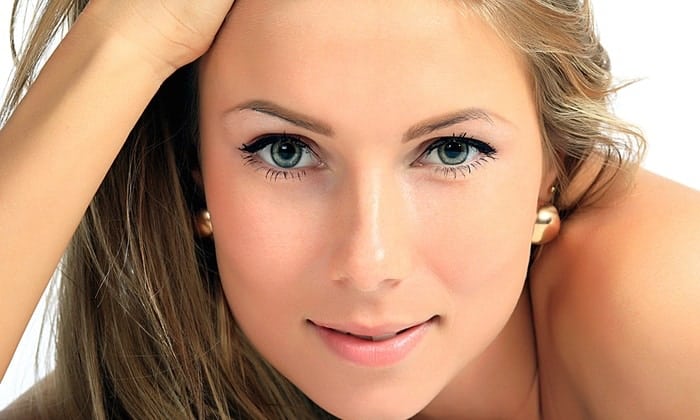Skin resurfacing is an effective way to reduce the appearance of age spots, wrinkles, acne scars, and more. It can also help balance skin tone and tighten the skin. However, each person will react differently to this treatment, so it can be a bit intimidating.
Before undergoing Laser Skin Resurfacing, there are a few things that should be known. Keep reading to learn what those things are and to be prepared for the treatment.
Chapter Overview
1. When to Seek Treatment
Most experts recommend this treatment during the fall. This is because the skin will be hypersensitive to sun exposure for up to a year after the procedure. However, it does not matter what time of year the treatment is sought, it is best to wear an SPF 30 sunscreen each day to ensure more serious issues don’t occur.
2. The Pain Factor
Some people claim this treatment feels like a rubber band popping against the skin. However, what the treatment actually feels like is dependent on the laser used, the depth of the treatment, the area being treated, and a person’s pain tolerance.
3. People with Darker Skin May Benefit from the Treatment
A common misconception about this treatment is that it is only safe for people who have lighter skin tones. Even though some lasers may have a higher tendency to cause discoloration or cell damage on darker skin, there are several safe resurfacing options to consider.
4. Experience Counts
When someone who is properly trained and experienced with the resurfacing process is used for the job, it can be an effective way to improve a person’s appearance. However, if an individual is not well-trained, the lasers may be ineffective or completely dangerous. It is best to choose a provider based on their experience, qualifications, and training. Never choose someone who offers a great deal or who has a brand name laser to use.
5. Some Conditions and Medications can Impact the Results
Make sure, to be honest with the technician about medications or supplements being taken and a person’s medical history. For example, if an individual is prone to fever blisters or cold sores, laser treatments may result in breakouts. Also, some acne medications include isotretinoin, which can result in improper scarring or healing after laser resurfacing.
6. Various Lasers Are Used
There is a reason that there are so many different options when it comes to the lasers used. Each one provides different benefits and is used for a different reason. For example, a CO2 laser is usually used for treating scars, wrinkles, and warts while the Erbium lasers help with collagen remodeling. Talk with the professionals to determine the right type of laser to use.
7. Multiple Treatments May be Needed
Sometimes, single laser treatment will handle most issues; however, multiple treatments may be needed to achieve the desired results. Be sure to keep this in mind.
When it comes to laser skin resurfacing, there are several factors to keep in mind. With the information here, it is possible to be well prepared for the treatment and feel confident that the desired results will be achieved. Being informed and knowing what to expect are the best ways to minimize issues and get the positive results that this treatment is known for.

